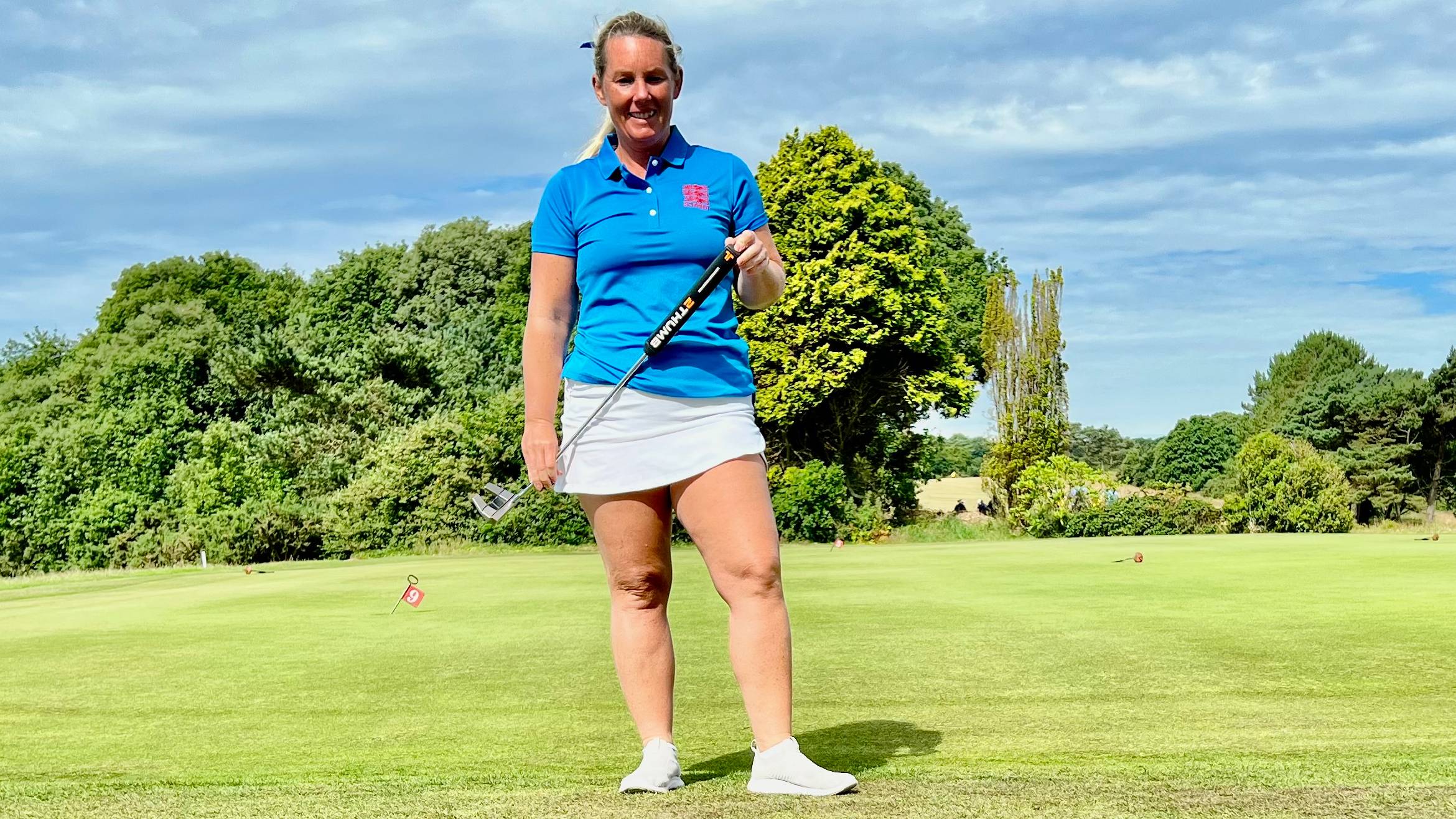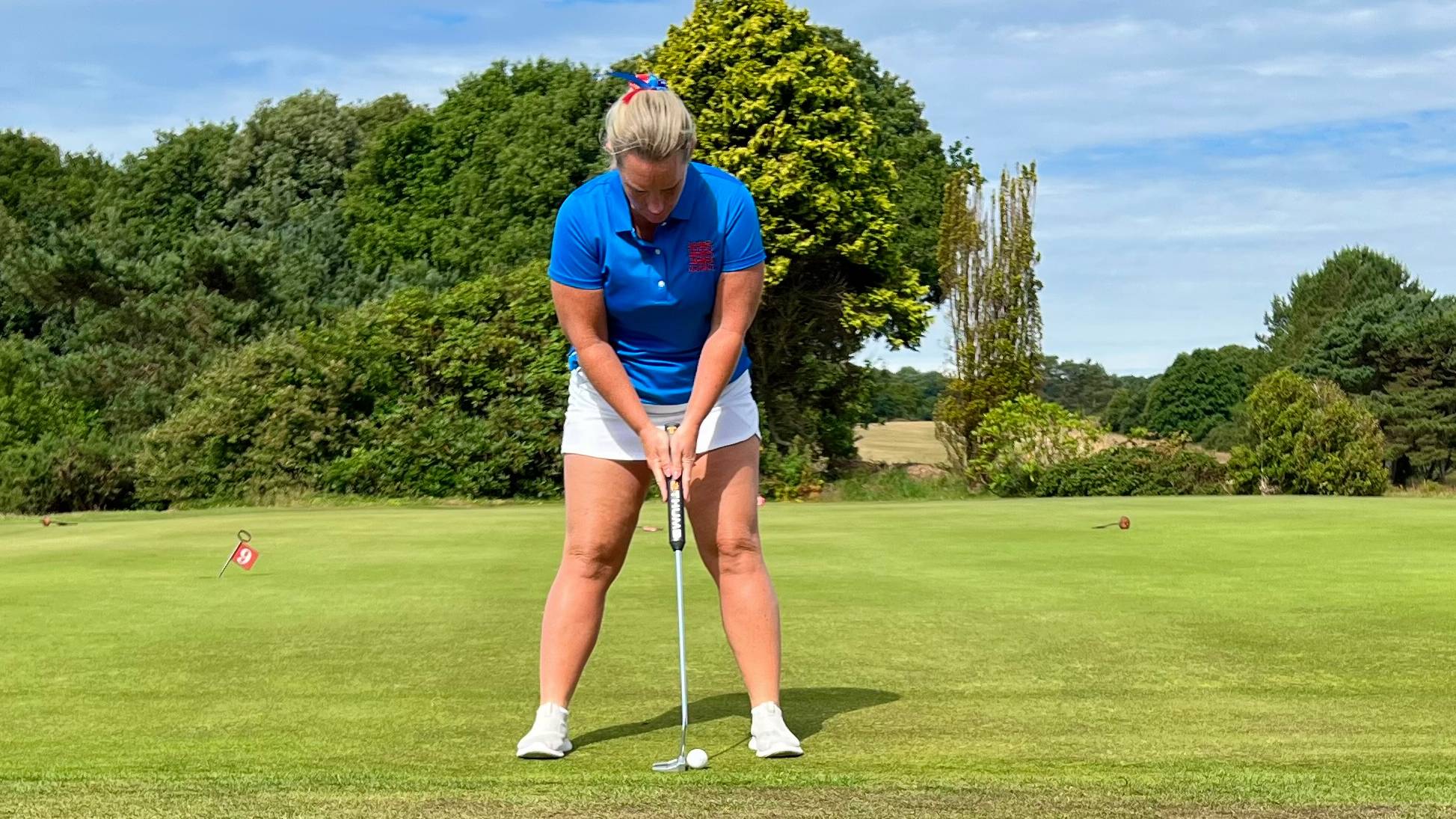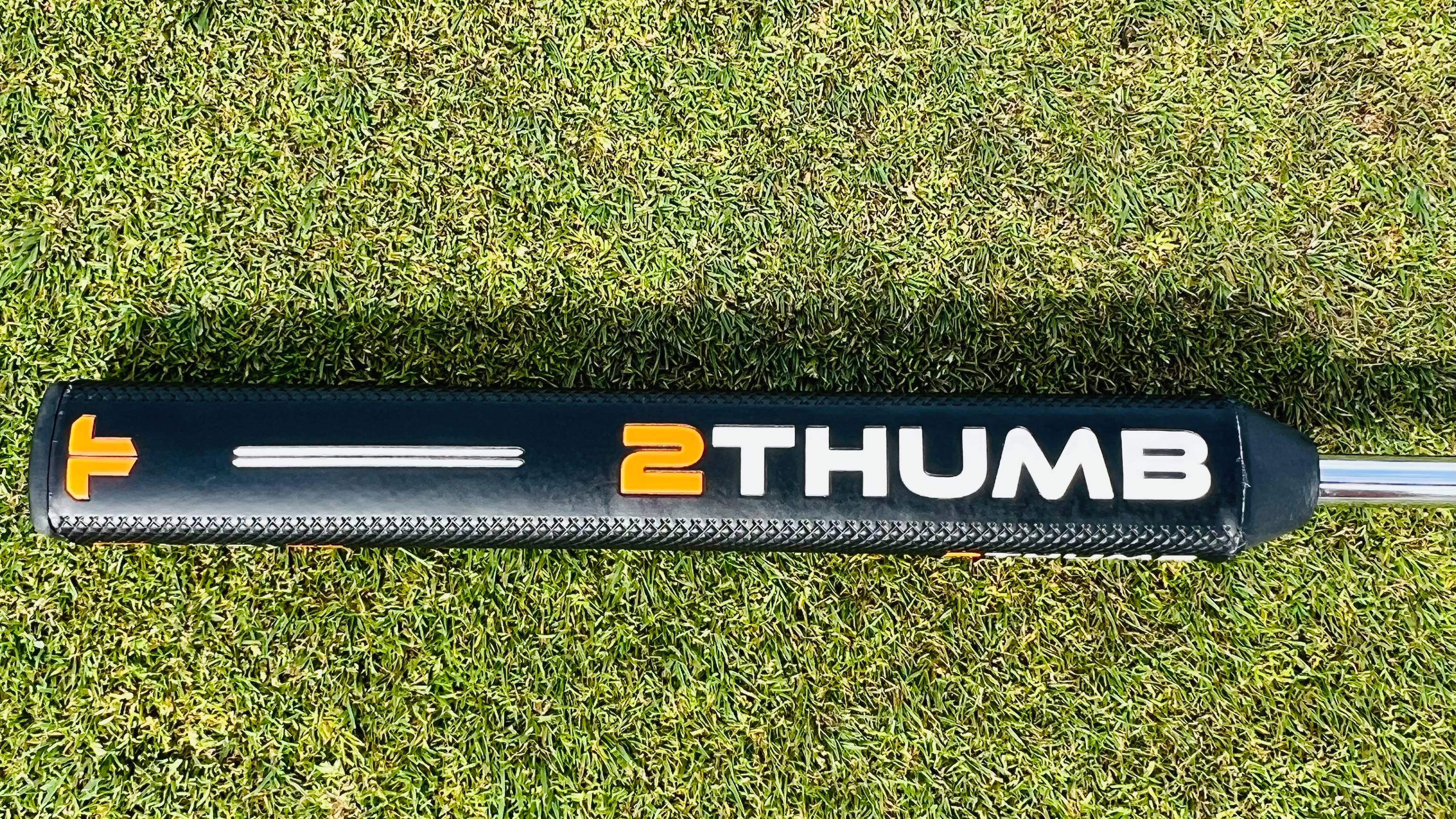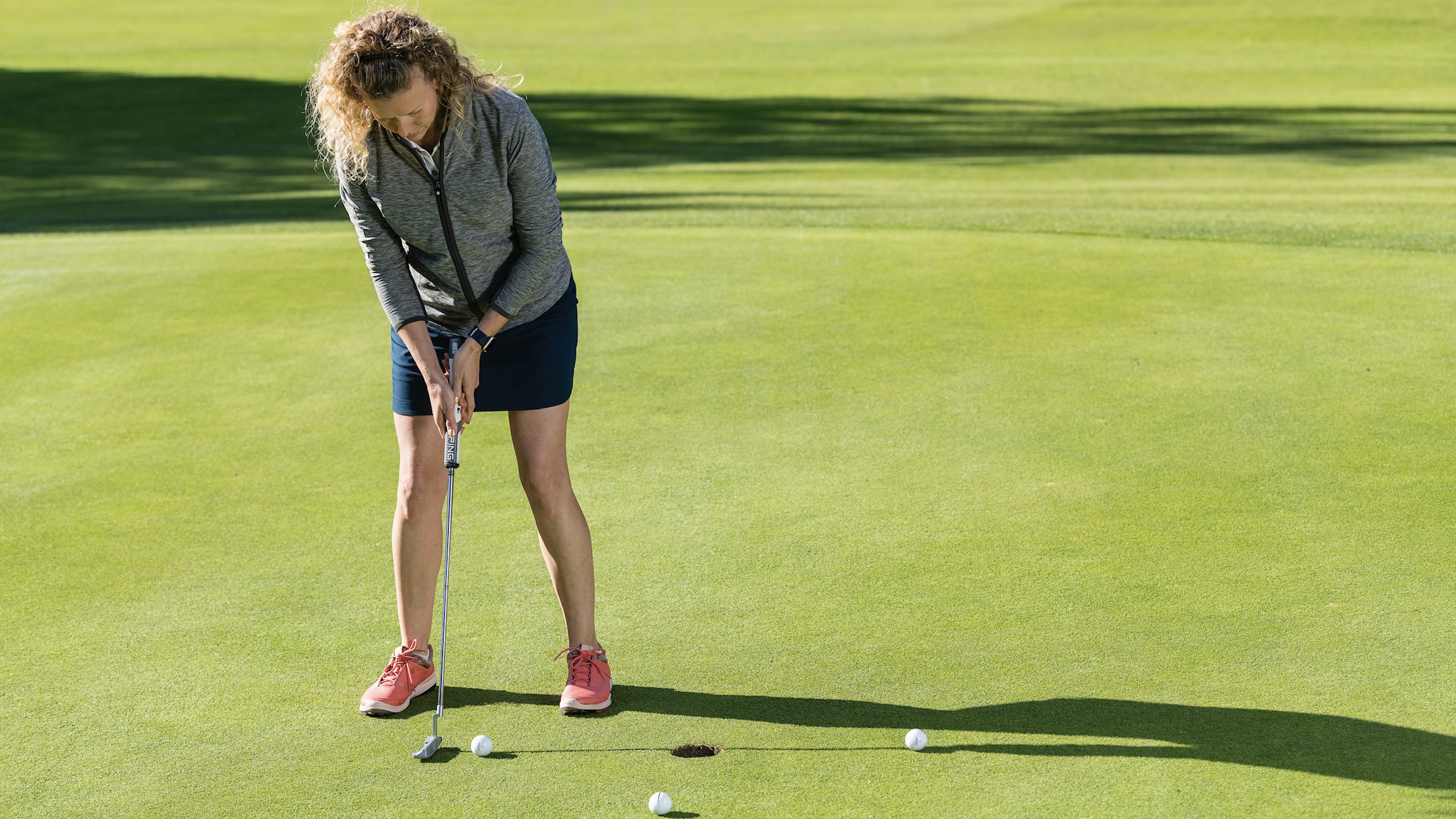
I went through a torrid time with my putting last winter. Although the wet weather and course conditions undoubtedly played a role in my inability to roll the ball truly and successfully into the hole, my confidence took a hit. Where I would normally two-putt, the dreaded three (and dare I say it) even the occasional four-putt crept onto my scorecard.
It was mainly those critical short putts that I was missing. I know this because I keep my putting statistics. This is a simple and straight-forward task to do. Just add the putts tally in the empty column on your scorecard. Count the number of putts you take, jot them down next to your score and add up your total at the end of the round.

Any decent golfer should be averaging less than 32 putts a round. Two putts a hole (36) is acceptable for the mid-high handicapper, but anything above this is a complete waste of shots. I was averaging 40 putts a round. Shot Scope, Golf Monthly's official data partner, highlights why holing out for some (or failure to hole out) can be destructive to their scorecard.
Shot Scope data reveals that 10 handicappers make 94% of putts inside the three-foot range. This reduces to 89% made by a typical 20-handicapper and 85% by a player off a handicap of 30 or higher. Nevertheless still a really high percentage across the board.
But faced with a putt between three and six feet in length these statistics dramatically change. The low handicapper now only holes 57% of these putts, the 20 handicapper holes 48% and the high handicapper (off 30 plus) holes just 40%.
Armed with this knowledge I knew that I was failing to achieve where others at my ability level were holing many more short putts. I had to do something, but I still liked my putter, so I invested in a new putter grip instead, and wow what a difference it made.
When I took my putter into the pro shop to have the grip changed, the fitter told me that my old putter grip had twisted out of position on the club. Effectively, when I was trying to line the putter up square to the hole the grip was twisted, throwing my hands and the whole stroke out of alignment.

It was also so old and worn out that it was shiny and slippery. On those wet winter days it was literally sliding out of my hands! I’ve kept the same style of putter grip (the chunky two-thumb, other examples include the Super Stroke) as this is my feel preference. But I chose a grip with a more defined profile that now sits better in my hands. I instantly felt like a new woman on the putting green.
The other thing I did was go for a slightly lighter weight grip to allow me to swing the putter back longer and with more fluidity, as I was struggling to get my long distance putts up to the hole. You can do the opposite and get weight added in your putter grip if you choose.
Back to the Shot Scope data, if you look at it in detail you’ll see success on the putting surface revolves around proximity. The difference between putts made from a distance inside three feet and those from three to six feet is staggering.

For the lower handicapper like me (playing off 10 or below), the likelihood of holing these putts drops by just over a third from the distance beyond three feet. For the average 20 handicapper, the likelihood drops from almost a dead certainty, 9 in 10, to roughly a 50/50 chance - a toss of a coin almost.
For higher handicappers, they are twice as likely to hole from zero to three feet versus three to six feet (85 percent versus 40 percent). Although the drop off is significant, it should help with expectation management; putts from three to six feet are by no means a gimme, so don’t get frustrated if you aren’t holing them all.
Whilst I didn’t have a custom fit for my new putter grip on this occasion, as I knew that I wanted something similar in style to my existing grip, I would suggest that most golfers would benefit massively from the investment of going for a proper putter fitting. You’ll be amazed at just how much the way you hold the putter in your hands can contribute to your ability to aim and the effectiveness of your stroke.
At the end of the day, I spent £30 on a new putter grip and I’ve taken 10 putts off my scorecard. My average is back down to 30-32 putts again. I’m consistently shooting scores in the seventies and my confidence is back. My handicap index has reached its lowest point in the last two years (2.3) - all by changing something very simple, my putter grip. So go on, try it. It could be the cheapest most transformational thing you do for your game.







